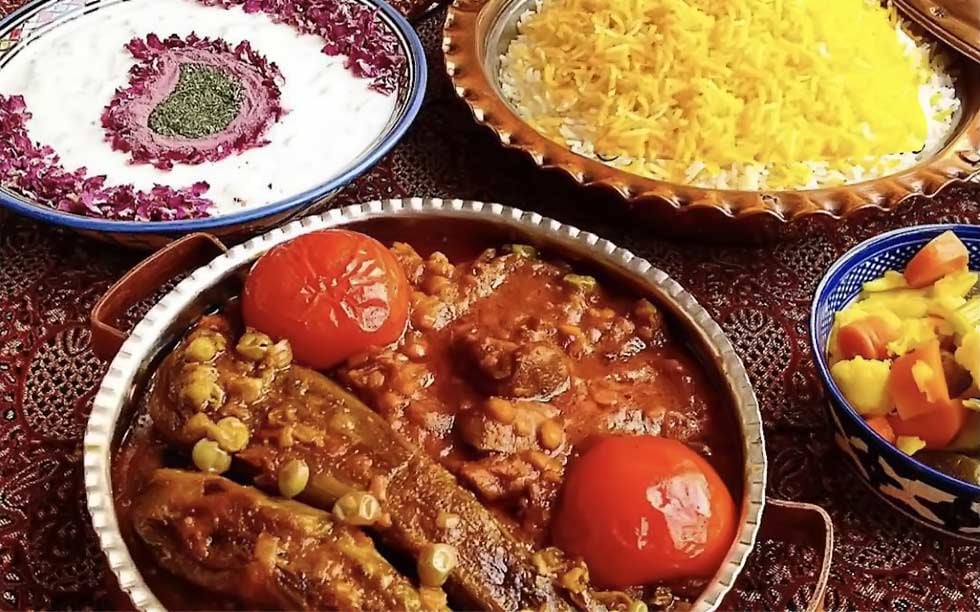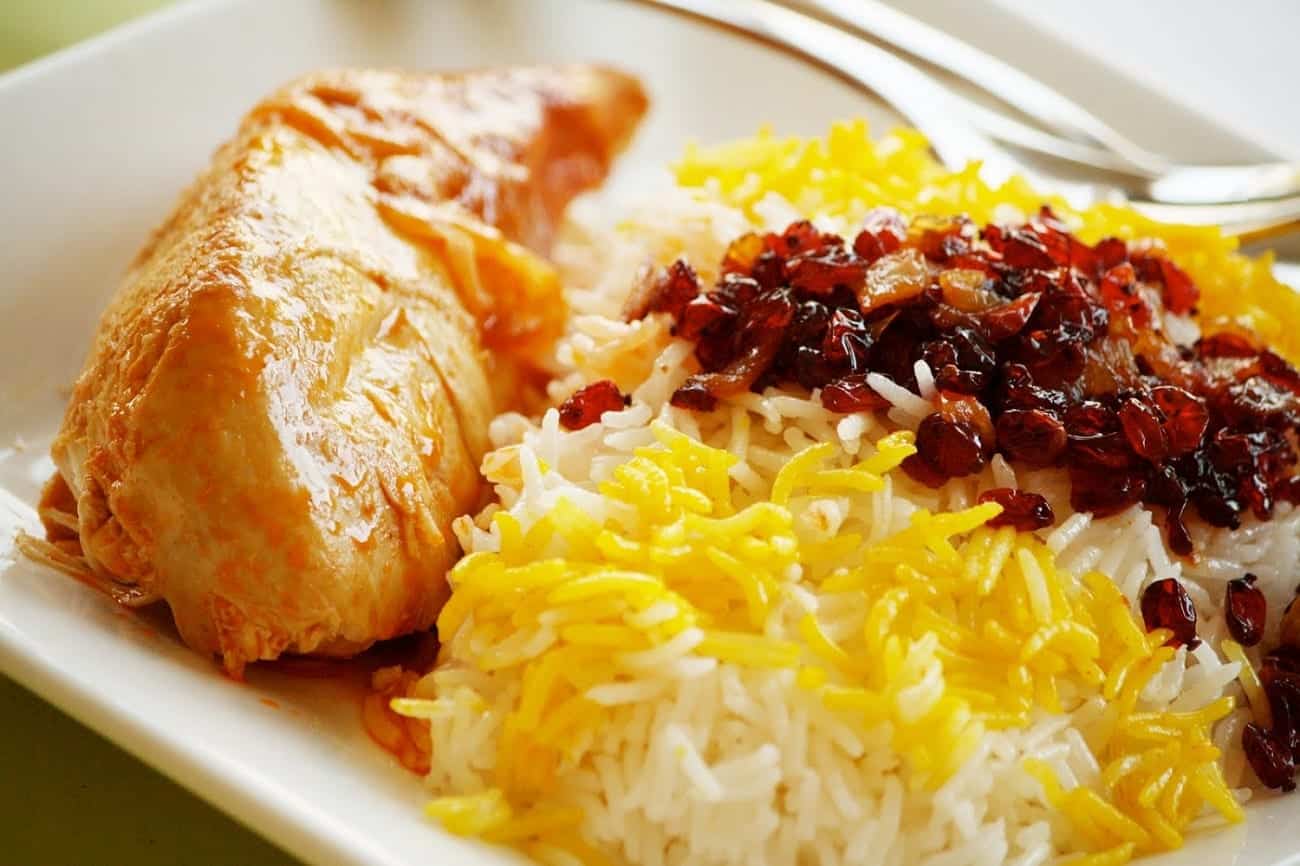
Whether you have traveled to Iran or tried Persian food at your city’s restaurant, you may want to make these 5 Iranian dishes at home.
If you are a food lover and enjoy testing different types of food, drinks, and desserts during your travel to any corner of the world, we can say that Iran will be a paradise for you! By checking the menu of Iranian restaurants you will definitely notice the variety of dishes you can find in Iran. Not only will you see different types of cuisines in the country when traveling to Iran, but also you will find some unique dishes in every local restaurant in each city.
It is very common among Iranian to eat chelo (cooked rice) with their food, usually for lunch on a daily basis. One of the most popular types of foods in Iran is called “Khoresh” or “Khoresht”, which is literally translated to English as stew dishes and eaten with chelo and called chelo khoresht. While there are numerous types of this dish in Iran, there are some of those which can be considered as the most favorable by local and even international tourists.
Since it is not possible to go to an Iranian restaurant or travel to Iran at the moment, we have prepared a recipe for 5 most popular Persian dishes.
Each recipe comes with a video to make it easier at home.
Contents
Potato and beef rissoles

Kookoo Sibzamini is a popular, common, and delicious food usually served for dinner. It can be a great dish for your picnics as well. In Iranian gastronomy, Kookoo refers to any dish with eggs as the basic ingredient. And “sibzamini” is the Persian equivalent for “potato”.
The crispy texture of this Persian food is one of the main reasons for its popularity even among children. Besides, many Iranians like Kookoo Sibzamini because it’s very convenient to cook and doesn’t take much time to get ready.
Aubergine and lamb khoresht

Aubergine/eggplant (badenjan) is a very popular vegetable in Iran, and this khoresht is one of the most traditional ways of using it. There are different varieties of aubergine and the thin, long variety is better for a khoresht (rather than the shorter, rounder type, which is preferable for stuffing).
Some regional variations of this recipe include split peas, while others replace lamb with chicken. Sour grapes or verjuice (the juice of green, unripe grapes, which lend the khoresht a tart, delicate taste) are popular additions. Tomatoes and tomato purée/tomato paste are not used in very traditional versions.
Barberry rice with saffron chicken

Zereshk Polo ba Morgh is a Persian classic made with Zereshk (barberries), Morgh (chicken), and Polo, which is the steamed and fluffy Persian rice. This is one of the mixed rice dishes that you will find at small casual get togethers, as well as larger Persian dinner parties, weddings and most festive celebrations and holidays. Sometimes this dish is served side by side with a type of soup, usually Soup é Morgh é Zaferani, or Soup é Jo and a simple salad.
Saffron, yogurt and chicken “upside down” rice

Tahchin literally means “arranged at the bottom” and refers to a layer of rice combined with meat to form a thick tahdig. Traditionally the rice is mixed with egg in addition to yogurt. Tahchin can be made with chicken or tender cuts of lamb; the chicken version is more popular and easier to make.
There are also some vegetarian versions with spinach or aubergine/ eggplant. This recipe is reasonably easy and the result is quite impressive.
The thick Greek-style yogurt binds the rice together with the meat and when cooked in a heavy-based non-stick pan or a non-stick rice cooker you can turn it out like a cake onto your serving dish.
Lamb soup with pulses

The traditional way to serve abgusht is to strain the liquid into bowls to serve as a broth, then pound the cooked meat and other ingredients in a food processor or using a pestle and mortar or potato masher. You can pound the mixture until it is smooth or for a shorter period to retain the texture of the components. This is called Gusht-e koubideh: literally, pounded meat. Serve separately on a platter with peeled, quartered fresh onions and warm flat bread. The meat can also be eaten cold as a sandwich filling in pitta bread.
Read More




